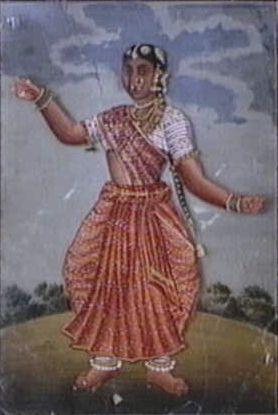
#INDIAN NATIONAL DANCE FREE#
Nowadays, women living in urban areas wear more casual western garments like suits, skirts, T-shirts, and jeans in their free time and have a choice between both traditional and western clothes at work. Today, women are opting for the more comfortable and less conservative salwar kameez that is now worn in cities all over India. While the saree has long been the most popular dress for Indian women, it began to absorb elements from western clothes starting in the late 1970s. Indian traditional dress for girl Indian Modern Female Attire This dress is worn by almost every teenage girl and a huge number of actresses in Bollywood movies. Women usually also wear a veil to cover the head or the shoulders.

The dress consists of a pair of trousers that narrows at the ankles (the salwar), paired with a tunic top (the kameez). The salwar kameez is traditionally worn by the women of Punjab and is also called Punjabi suit.

Salwar is a word used to indicate a lower garment, such as the one used for the Punjabi salwar and Dogri pajama. It is quite narrow, and women wear them during important ceremonial occasions.
The third piece is called riha, which is covered by the sador. There are many different traditional clothes worn by men and women. It is shaped like a wide cylinder that is folded into pleats (to the right) and tucked in. The bottom portion, draped from the waist downwards, is called mekhela. The traditional dress of Assamese people is worn by women of all ages. Mumbai is nowadays the fashion capital of India, but in a lot of rural areas, women continue to wear traditional clothes. There are many different kinds of clothing traditionally worn by Indian women, and all of them are associated with the local culture, religion, and the climate. The loose end is draped back to front on the right shoulder. The pleats, instead of the front, are created in the back. Kodagu: a style used only by the women from the Kodagu district of Karnataka. Maharashtrian: the center of the saree is placed at the center back, the ends are brought forward and tied and, finally, the two ends are enfolded around the legs. Manipuri: from the northeast is similar to the mekhela chador and is a three-piece garment known as a innaphi viel. Assamese: also known as mekhela chador and consists of three main pieces, the top, skirt, and cloth that is draped around the other two. When wearing nauvari style, women often require an extra nine yards of cloth to cover the upper body and the shoulders. Then the two ends are wrapped around the legs and afterward tied in the front. To wrap this style of saree, the cloth is held lengthwise and placed at the center of the back. Nauvari: similar to the Maharashtrian male dhoti but with regional and societal variations. Gujarati: similar to nivi style, but with the loose end taken from the back and draped around the right shoulder. This style originated in the family of Rabindranath Tagore, the poet laureate of India. The loose end is a lot longer than the one found in the traditional style, and it can also cover the head. 

The saree is wrapped anti-clockwise around the waist, and then another time from the other direction. It is the style originally worn in Andhra Pradesh. Nivi: the pleats are passed through the legs and tucked into the waist at the back.Sari drapes can be categorized in the following principal families:








 0 kommentar(er)
0 kommentar(er)
